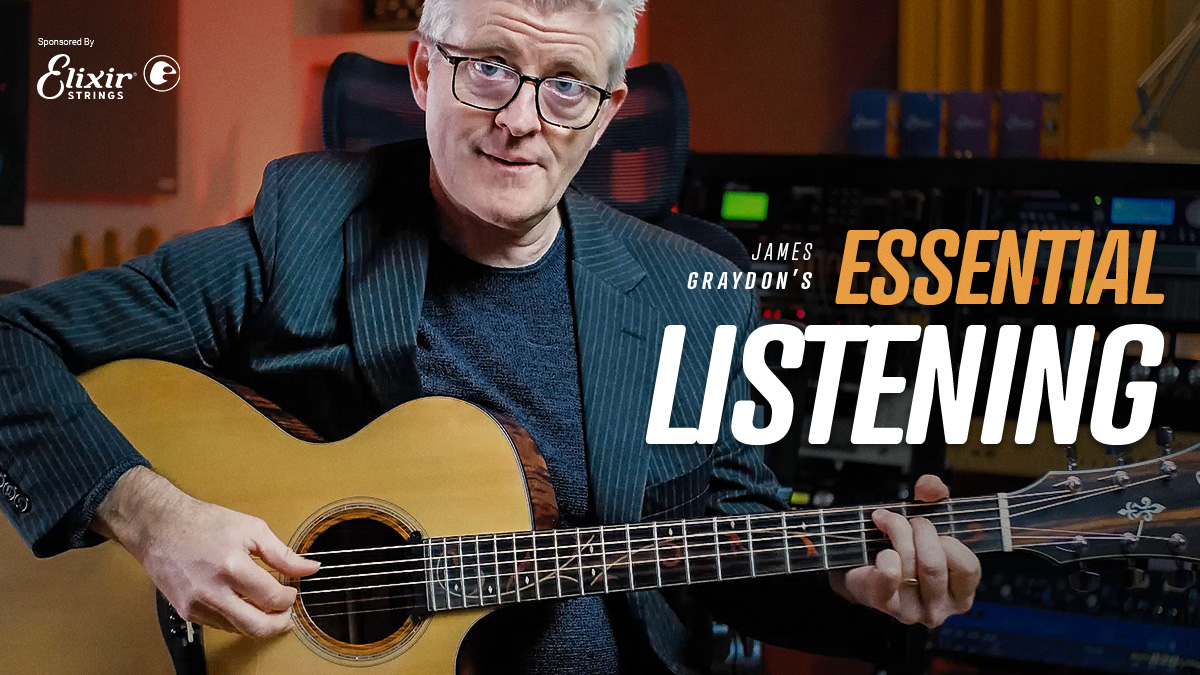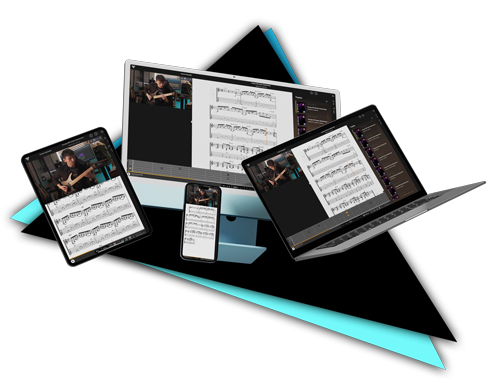“Our style is carved from our influences.”
These are the opening words of James Graydon’s Masterclass study guide, and in it, he delves into his influences, and how they have shaped his take on acoustic guitar. It’s also an exploration of essential listening that will help develop your approach to composition.
So just like Acoustic Pathways digs into the must-know milestones of acoustic guitar, let’s look at the must-listens too.
Rogers & Hammerstein’s "Soliloquy’ from Carousel"
"The Sound of Music" isn’t very rock and roll, but it does feature stunning orchestration, and a lot of that is owed to Irwin Kostal. His reharmonisation and arrangements added a layer of depth to compositions, showcasing the impact an arranger can have on the overall musical experience.
Stravinsky's “Symphony of Psalms”
In Stravinsky's “Symphony of Psalms”, listen for the big minor 7th chords. These classical elements can be, and have been, incorporated into contemporary music.
Mason Williams’ “Classical Gas”
Taking cues from Heitor Villa Lobos, Francisco Tárrega and Leo Brouwer, James began to develop the concept of “Four Layer Thinking”, creating a distinction between bass, harmony, melody and rhythm. Classical Gas is a great example of this in play, and also an adept fusion with rock.
Bob Dylan’s “The Times They Are A-Changing”
An example of the “organic” power of the acoustic guitar. The 60s was a time of great change and social revolution, and the acoustic guitar was central to this. Listen for the simplicity of the root five ‘Travis’ picking style and how it serves the song.
The Beatles’ “Julia”, “Blackbird” and “Michelle”
Not only can you hear the folk influence on these songs, but also how The Beatles had their unique spin on things. There’s the backward Travis picking of “Julia”, the use of tenths in “Blackbird” and a surprising G7#9 in “Michelle”. If it works, do it.
John Denver’s “Eagle and the Hawk”
In this track, half-barre chords change while the open B and E strings remain in constant 4ths. This creates some lovely modal effects against the backdrop of the strings.
James Taylor’s “The Frozen Man”
Taylor’s track starts an E minor eleventh spread in a wide voicing but with the minor second in the middle of the chord. A common jazz tool in a more pop-centric context.
Steely Dan’s “Babylon Sisters”
Listen to the bass clarinets and try and find the chords on the guitar. It’s an exercise you can repeat for much of Steely Dan’s catalogue and of course, anything you listen to where the instrumentation isn’t wholly guitar-based! The challenge will be in finding the voicings that display the same vibe.
Before you go
To read more about these references, and to see how James uses these ideas in context, check out his Acoustic Pathways Masterclass. Available to buy and download, or stream with a JTC+ Membership.


